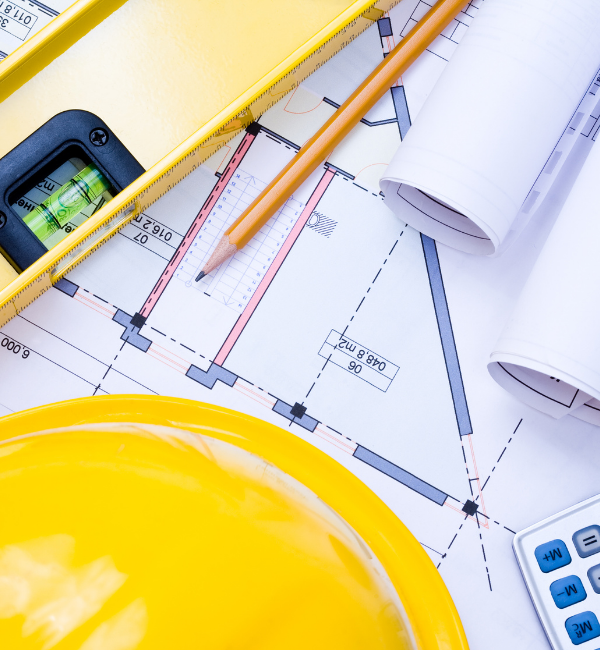Water Wheel


Participants will learn about how the movement of water can be used to create electricity!
This workshop discusses topics which can lead to feelings of eco-anxiety among volunteers, educators and youth if not presented in a thoughtful manner. The most important things to remember are to be honest, hopeful, developmentally appropriate, and action oriented. This workshop was created with these guidelines in mind. For more details, refer to the volunteer resource, Being Conscious of Eco-Anxiety.
What You Need
Materials
- Paper plates (2)
- Straw
- Tape
- Small paper cups (4)
- Sharp pencil
- Water
- Large container or bucket
Guide:
Safety Notes
It may be difficult for young participants to poke a hole in the plate. Facilitators should offer support to help prevent injury.
What To Do
- Introduce the concept of hydroelectricity and the different ways we can create electricity from moving water. Adjust the discussion based on the participant’s age and prior knowledge.
Hydroelectricity is the power that is made from moving water. Hydroelectricity can be generated from rivers (storage and run-of-river) and near or in oceans (tidal and wave hydropower). Storage hydropower is a very common way to make hydropower. A dam is built across a river to allow water to build up in a big lake called a reservoir. When the water moves through the dam, it spins a machine called a turbine. This machine makes electricity, which travels through power lines to our homes and communities so we can use it.
Today, we are going to create our own water wheels, which were used thousands of years ago to grind grain into flour.
Instructions
- Using a sharp pencil, poke a hole in the centre of both paper plates.
- Tape the paper cups to both paper plates in a circular pattern around the plates.
- Insert the straw through the hole in the centre of both paper plates.
- Hold the water wheel using the straw about a pail.
- Pour water from a bottle onto their water wheel and watch it spin!
Wrap-Up
- Discuss how we can use the power of moving water to create renewable energy, and why it is important for the planet.
- Discuss possible careers and what participants will need (schooling, experience, etc…) to get into those careers.
Discovery
Thousands of years ago, humans used water to turn a big wheel that helped grind grain into flour. We use the same idea today to create electricity from moving water. We use a big wheel called a turbine. Water dams help by making water move very fast through the turbines. This makes electricity which travels through power lines over long distances to provide us with the energy we need to do things!
Moving water creates hydro power, which like wind and solar power because it’s a type of renewable energy. Renewable energy comes from resources that can quickly replace themselves. Hydro power is also green energy, meaning that it does not make greenhouse gases.
Greenhouse gases act like an invisible blanket for the planet and trap heat from the sun. Human activity, like burning fossil fuels, releases too many greenhouse gases into the atmosphere, making the planet heat up faster than it should. This changes the weather and precipitation patterns, and is called climate change.
Using renewable and green energy helps protect the environment. In Canada, 16.9% of energy comes from renewable sources, and most of that is hydro power!
What's Happening?
Thousands of years ago, humans used water to turn a big wheel that helped grind grain into flour. We use the same idea today to create electricity from moving water. We use a big wheel called a turbine. Water dams help by making water move very fast through the turbines. This makes electricity which travels through power lines over long distances to provide us with the energy we need to do things!
Why Does it Matter?
Moving water creates hydro power, which like wind and solar power because it’s a type of renewable energy. Renewable energy comes from resources that can quickly replace themselves. Hydro power is also green energy, meaning that it does not make greenhouse gases.
Greenhouse gases act like an invisible blanket for the planet and trap heat from the sun. Human activity, like burning fossil fuels, releases too many greenhouse gases into the atmosphere, making the planet heat up faster than it should. This changes the weather and precipitation patterns, and is called climate change.
Using renewable and green energy helps protect the environment. In Canada, 16.9% of energy comes from renewable sources, and most of that is hydro power!
